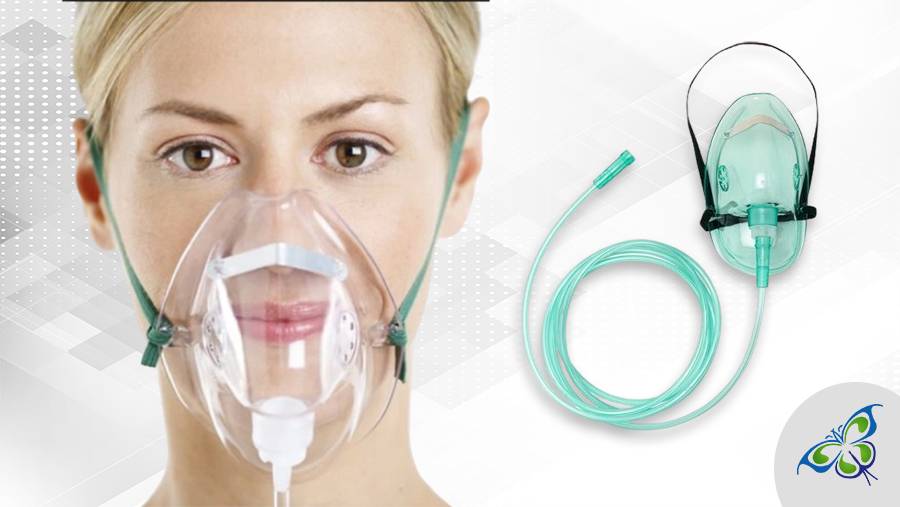
Hello
Select Address

As many as 1.5 million Americans use home oxygen and need continuous and efficient oxygen system resources for their wellbeing. Oxygen supplemental therapy is prescribed to individuals suffering from acute respiratory conditions like Chronic Obstructive Pulmonary Disease (COPD), asthma, cystic fibrosis, and severe lung disease.
Oxygen therapy involves multiple types of equipment and having clinical as well as working knowledge about them is crucial. This article addresses some popular questions about one of the key devices, the oxygen masks.
1. What does an oxygen mask do?
Oxygen masks are used to deliver supplemental oxygen from oxygen tanks to the patient receiving respiratory therapy. There are different variants of an oxygen mask – full face masks cover the entire face and oronasal masks cover nose and mouth.
2. What are oxygen masks made of?
These masks may be made of plastic, rubber, or silicone. However, medical oxygen masks are primarily made of plastic. These masks are meant to be disposed of after use.
3. What are the types of oxygen masks?
To deliver oxygen units, two different types of oxygen masks are available:
- Simple Oxygen Face masks are suitable for medical treatments and deliver oxygen concentration of 30% to 60%. These are plastic masks and have a holding capacity of 100-200 ml of gas. The mask is fitted to a patient’s mouth with a headband. Small holes present on the mask filter out carbon dioxide and allow fresh atmospheric air to mix with the oxygen.
- Reservoir masks have bags attached to them. These are used to deliver a higher concentration of oxygen. Both non-re-breather and partial re-breather masks are of this category. The partial re-breather masks deliver oxygen concentration of about 70-90%. The non-re-breather masks deliver 90% or more. These masks have no hollows and obstruct the inflow of atmospheric air.
4. How are oxygen masks categorized?
Oxygen masks are categorized based on their concentrations of oxygen delivered. They are termed either low flow, medium flow, or high flow masks.
5. How does it feel like to wear an oxygen mask?
Oxygen masks play an important role in respiratory therapy. However claustrophobic patients find it difficult to wear and prefer nasal cannulas instead. Compared to a nasal cannula, oxygen masks are bulkier.
6. Can wearing an oxygen mask be made comfortable?
Some individuals require supplemental oxygen all the time. Wearing masks continuously is uncomfortable. To make masks more comfortable, the straps and mask corners can be padded, especially for night use. One must remember to clean and change the padding as well.
7. Does using an oxygen mask dry down the nose?
Yes, continuous use of supplemental oxygen through a mask dries out the nose and mouth as well leading to irritation. A humidifier can be used to add moisture to the air inhaled.
8. What are the benefits of an oxygen mask?
An oxygen mask sits tight around the mouth and nose and effectively delivers oxygen. This helps patients to be more active and cope up with shortness of breath.
9. Can an oxygen mask be reused?
Oxygen masks are never reused in hospitals and healthcare facilities. Reusing oxygen masks can promote contamination and oral infection. However, when an oxygen mask is used in homes, it is generally used by a single individual. Thus, it can be reused after proper cleaning.
10. How to clean an oxygen mask at home?
The idea is to wash the mask once every week in warm soapy water. Then rinse it thoroughly with a solution of one-part vinegar and ten-part water. Finally, rinse with hot water and hang to air dry. Replace a mask every two to four weeks and keep a spare set in hand in case of emergency.